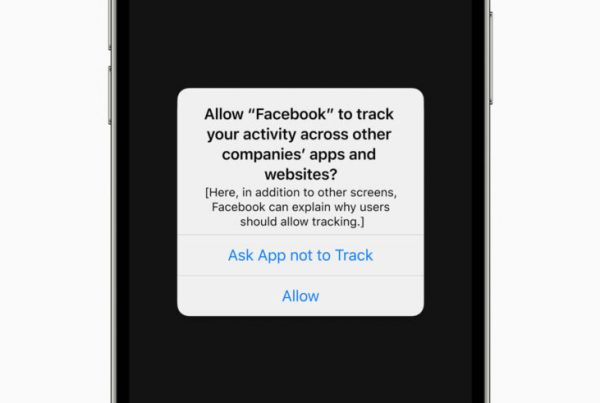It was last year when I got a call from the company that acquired an e-commerce business I sold that really took me by surprise. “You know we just got a lawsuit because someone that’s legally blind said they can’t read the website.†My initial reaction was, “What!?â€
I’ve heard of ADA lawsuits before but now it’s becoming more and more common as consumers are taking this charge digital as the demand for web accessibility is rising.
It’s only in recent years that the number of ADA compliance lawsuits for websites has started to really increase. These lawsuits are being filed under Title III of the Americans with Disabilities Act (ADA) which is now the target of sites around the web – e-commerce businesses are extremely susceptible to this.
”In 2018, 2,285 lawsuits were filed, almost tripling from the 815 filed in 2017. In the first half of 2019, the number of website accessibility lawsuits reached over 3,200, a staggering 51.7 percent increase compared to the previous six months.
Melanie A. Conroyhttps://natlawreview.com/
While news of bigwigs like Dominos getting slapped with an ADA lawsuit made headlines across the country, many small and medium businesses that have a physical location and offer online services as well were targeted.†reports TotalRetail.com.
While it may seem this can be unlikely for your business, it’s very important to protect yourself, nonetheless. Everyone is a target. Basically, if you have a website, you’re liable to ensure your website is accessible to anyone and everyone visiting it.
You have millions upon millions of Americans browsing the web, everyone shopping for products and searching that can possibly land on your website, especially if you’re a popular destination for a product or service. This should not be taken lightly and your business should be taking at least basic steps to ensure accessibility compliance.
As TotalRetail.com outlines:
What Do You Need to Know?
When making your website accessible, you need to consider the four web content accessibility guidelines (WCAG) principles. These principles are:
- Perceivable: Users must be able to perceive the information and user interfaces on your website with one or more of their senses, be it auditory or visual.
- Operable: Users must be able to access and control various user interface elements. For example, they should be able to click buttons, open links, and fill out contact forms.
- Understandable: Users should be able to understand the content and the operational elements of the website. For example, if a button says “click here to know more,” every user should be able to understand and take the appropriate action.
- Robust: The content on your website must be robust enough so that users can interpret it via different technologies, including assistive technologies.
You also need to consider the following conformance requirements:
- Level A: These requirements consist of the most basic web accessibility features. Failure to follow these requirements will render your website inaccessible to all groups of disabled people.
- Level AA: Websites should conform to these requirements as it will increase their accessibility significantly.
- Level AAA: This is the highest level of web accessibility. If your website conforms to it, it will allow all disabled users to access your site.


